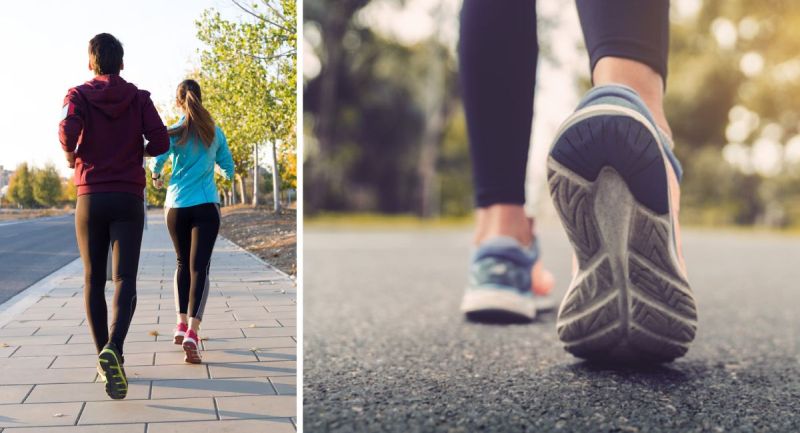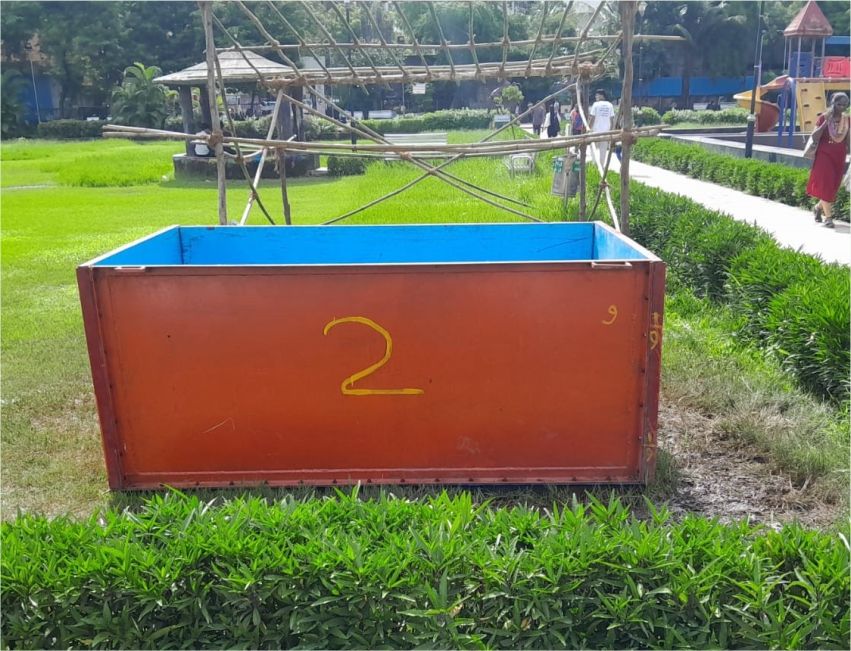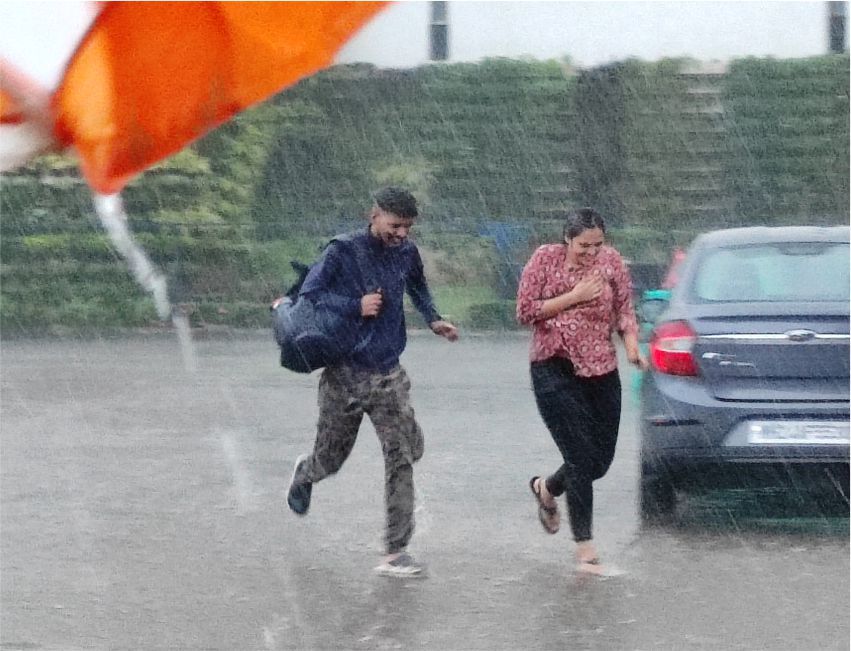Fart walk—and how India did it first

- Newsband
- 07 May, 2025
Long before it became a social media trend, the habit of walking after meals was deeply rooted in Indian tradition. In Ayurveda, this practice is known as Shatapavli — walking 100 steps after eating. It is believed to activate the body’s digestive fire, or agni, helping food break down more efficiently, preventing bloating, and promoting better nutrient absorption.
Today, the so-called "fart walk" is going viral online, especially in the West. It was Canadian author Mairlyn Smith who brought the term into the spotlight, promoting short walks after meals as a way to relieve gas and support digestion. It may sound light-hearted, but health experts say this simple practice offers serious health benefits.
Doctors explain that walking after eating stimulates intestinal movement, known as motility. This helps in pushing food and gas through the digestive tract, reducing discomfort, easing constipation, and preventing bloating.
Medical research backs these claims. Studies have shown that walking for even two to five minutes after a meal can help lower the risk of developing Type 2 diabetes. That’s because light walking helps control blood sugar spikes by boosting the body’s insulin sensitivity — an effect that can last for up to 24 hours.
Beyond digestion and blood sugar, regular post-meal walks are linked to lower risks of heart disease, certain cancers, and obesity. They also support metabolism, aid in weight management, and improve cardiovascular health.
Health professionals point out that walking is one of the easiest forms of exercise. It requires no special equipment, costs nothing, and suits people of all ages. Unlike intensive workouts, this habit fits easily into daily routines, making it a sustainable option.
As the "fart walk" trend gains global traction, it serves as a reminder that India’s ancient wisdom was ahead of its time. Call it Shatapavli or the fart walk, this age-old habit of walking after meals continues to show real results for gut health and disease prevention.




